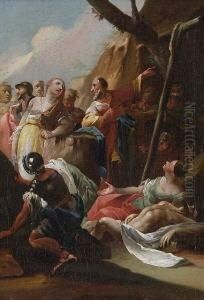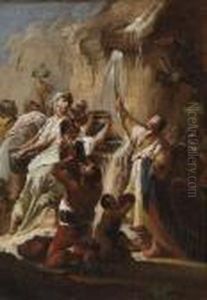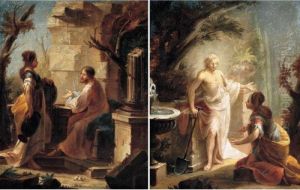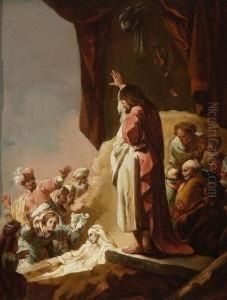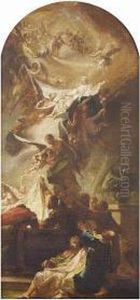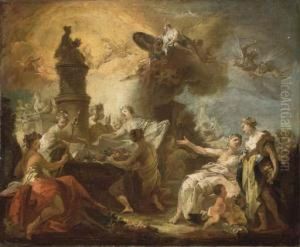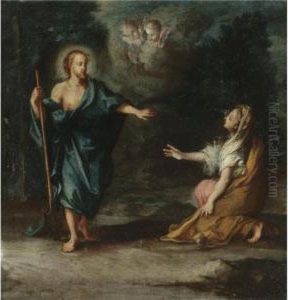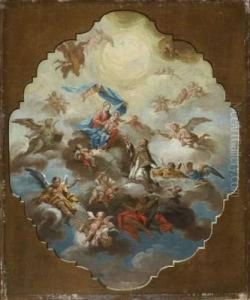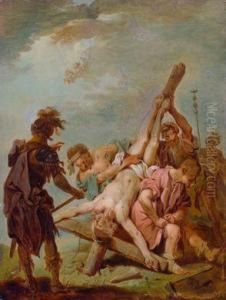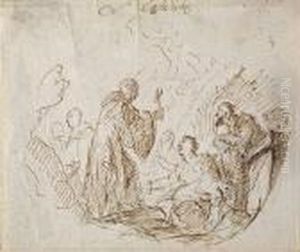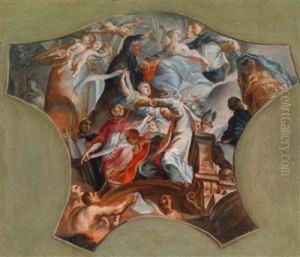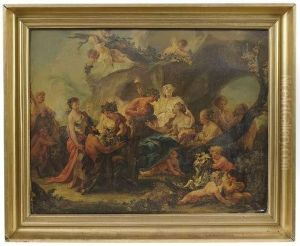Johann Christian Th. Winck Paintings
Johann Christian Th. Winck, also known as Johann Christian Winck or simply Christian Winck, was a German sculptor and artist born in 1731 in Nördlingen, Bavaria. He was an important figure in the late Baroque and early Neoclassical periods in Germany. Winck received his artistic education in his hometown before moving on to further his studies. There is limited information available about his early life and training, but it is known that he traveled to Rome, which was a common practice among artists of his time seeking to refine their skills and draw inspiration from classical antiquity.
In Rome, Winck would have been exposed to the works of classical sculptors and the emerging Neoclassical style that sought to revive the ideals of classical Greek and Roman art. His style evolved as he absorbed these influences, and he began to gain recognition for his work. Upon returning to Germany, Winck continued to develop his practice, creating sculptures that reflected both the grandeur of the Baroque and the more restrained aesthetic of Neoclassicism.
Winck's work often included religious themes, which were popular during the Baroque period. He created altarpieces and religious statues for churches, as well as portrait busts and funerary monuments that showcased his skills in rendering the human form. His sculptures were known for their dynamic compositions, attention to detail, and the emotional expressiveness of the figures.
Despite his contributions to the art of sculpture, Johann Christian Th. Winck remains a relatively obscure figure, and much of his life's work has not been as widely recognized or preserved as that of some of his contemporaries. He died in 1795, leaving behind a body of work that reflects the transitional period in art between the ornate sensibilities of the Baroque and the more formalized and restrained approach of Neoclassicism.
